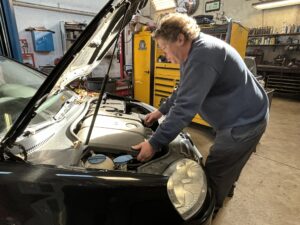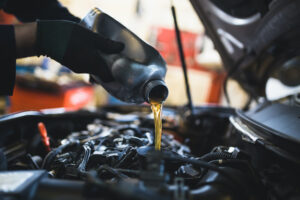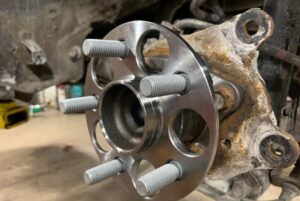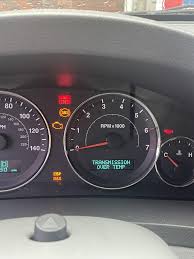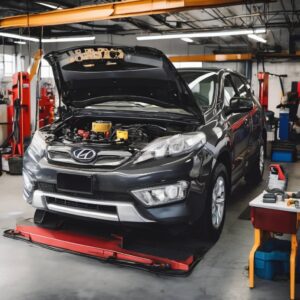Welcome back to Nelson Auto Repair’s blog! Today, we’re demystifying a common automotive concern: the Check Engine Light (CEL). This little light can cause big worries, but understanding its common causes and what to do about it can ease your mind and get you back on the road safely.
Understanding the Check Engine Light
The Check Engine Light is part of your vehicle’s onboard diagnostics system. When it illuminates, it’s an indication that something is amiss with the engine or its related components. It could be something minor or a sign of a more serious issue.
Don’t Panic
First and foremost, don’t panic. A lit Check Engine Light doesn’t always mean a costly repair is imminent. However, it’s not to be ignored.
Common Causes of a Check Engine Light
Several issues can trigger the CEL. Here are some of the most common:
1. Loose or Faulty Gas Cap
A loose or damaged gas cap can cause fuel vapors to leak out and can throw off the whole fuel system. This is one of the simplest fixes – just tighten or replace the gas cap.
2. Oxygen Sensor Issues
The oxygen sensor measures the amount of unburned oxygen in the vehicle’s exhaust system. A faulty sensor can affect fuel consumption and cause damage to the catalytic converter and spark plugs.
3. Catalytic Converter Failure
The catalytic converter helps protect the environment by converting harmful carbon monoxide into carbon dioxide. Ignoring a faulty catalytic converter can lead to reduced performance and fuel economy, and it might even cause your vehicle to fail an emissions test.
4. Mass Airflow Sensor Malfunction
This sensor determines the amount of fuel needed to run your engine efficiently by measuring the amount of air entering the engine. A malfunction can increase emissions, cause the car to stall, and decrease fuel efficiency.
5. Spark Plugs and Wires
Worn spark plugs or spark plug wires can cause poor performance and reduced power. They are an essential part of routine vehicle maintenance.
Diagnosing the Issue
When the Check Engine Light comes on, the first step is to diagnose the problem. This is typically done using an OBD-II scanner, which reads diagnostic trouble codes (DTCs) from the car’s computer system.
Professional Diagnostic
At Nelson Auto Repair, we have the tools and expertise to read these codes and diagnose the issue accurately. DIY scanning tools are also available, but they may not provide the detailed diagnostics that a professional can offer.
Fixing the Problem
Once the issue has been identified, the next step is to fix it. While some fixes are simple, like tightening the gas cap, others require professional attention.
Regular Maintenance
Regular maintenance can prevent many of the issues that trigger the Check Engine Light. Regularly replacing spark plugs, oxygen sensors, and ensuring the fuel system is in good working order can help avoid these issues.
Conclusion: Pay Attention to Your Vehicle
The Check Engine Light is like your vehicle’s way of asking for help. Paying attention to it can prevent minor issues from becoming major problems. At Nelson Auto Repair, we’re here to help you diagnose and fix any issues your car may have, ensuring you drive away safely and confidently. Remember, a well-maintained vehicle is a reliable vehicle!

